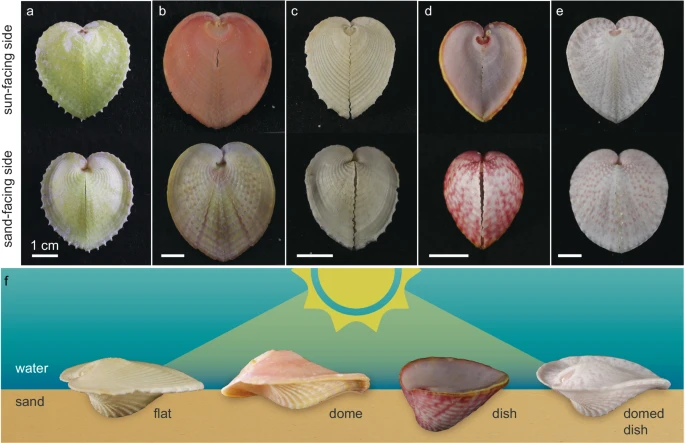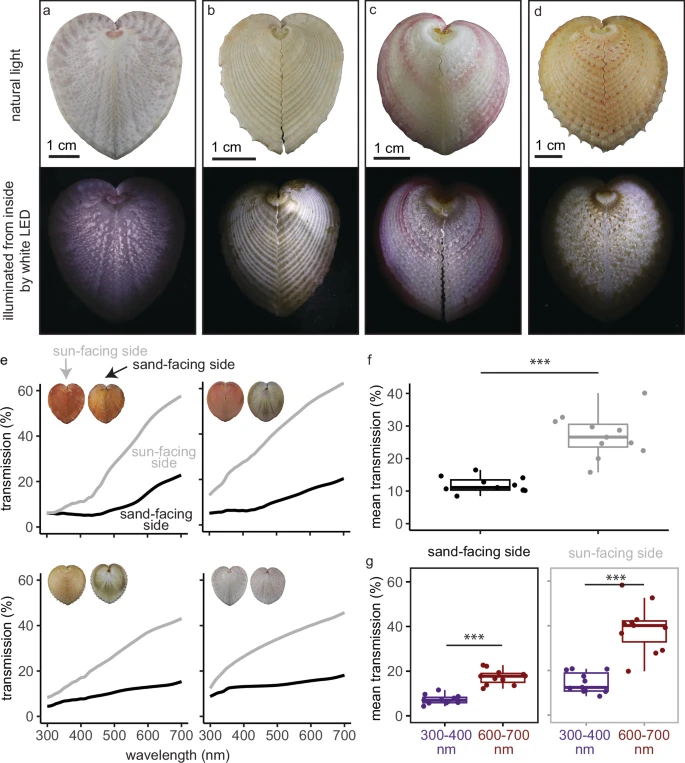this post was submitted on 24 Nov 2024
20 points (100.0% liked)
Biology
1497 readers
7 users here now
This is a general community to discuss of all things related to biology!
For a more specific community about asking questions to biologists, you can also visit:
founded 3 years ago
MODERATORS
there doesn't seem to be anything here

